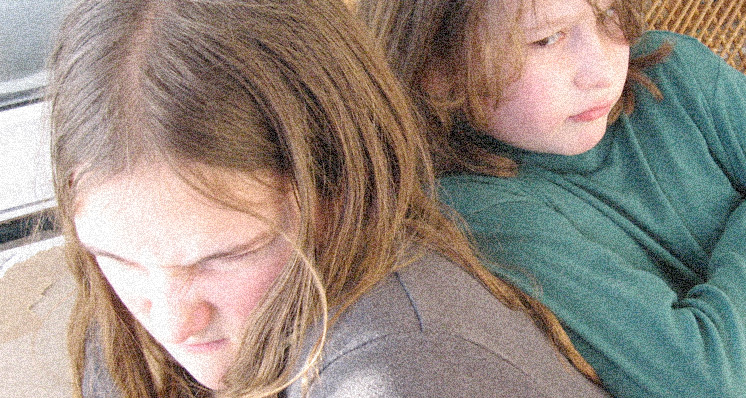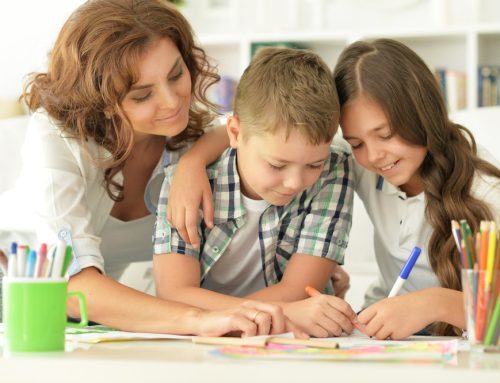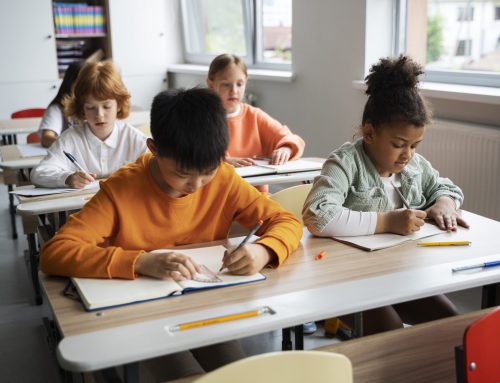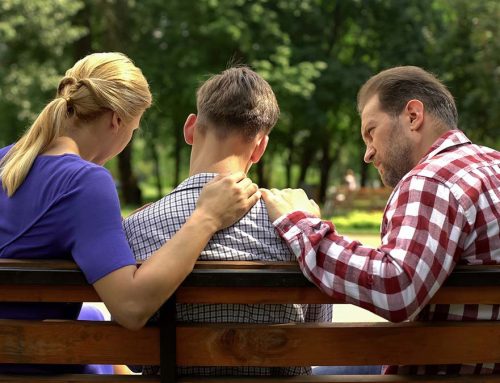Because of frequent conflict among students, many schools teach students how they can deal positively with disputes and conflicts that they experience with other students. A dispute and conflict resolution process is most effective when a whole school, including at home, adopts the same strategies.
Such programs recommend that a number of steps be carefully and regularly taught and practiced. Here is a suggested process for dispute and conflict resolution:
- What is the problem? First, the people involved discuss and establish exactly what the issue is.
- How does it feel? Those involved take turns describing how they feel about the situation. They are not allowed to interrupt one another.
- What can be done about it? Those involved discuss how they can solve the problem. They brainstorm ideas and list options for resolving the situation. Each person comes up with possible solutions. At this point they do not criticize one another’s solutions.
- Which solution is agreeable to both? All persons must agree with the solution that is chosen.
- Did we apologize and forgive? Those involved must apologize to one another when appropriate. This is a necessary “cleansing” for all involved-both the victims and the aggressors. And the victims must then forgive.
- Did the solution work? Later, they should evaluate whether the solution worked. If it didn’t work, they must agree on another option from the ones in step 3 and implement it.
This approach has several advantages. First, children do not perceive adults as “referees”. That attitude is often troublesome for parents and teachers. The accuser, as often as not, is also the aggressor, but children’s roles in a conflict are often difficult to sort out. Second, children learn to solve their own problems in a positive way. If the above steps are taught thoroughly and practiced for a time, conflicts seldom escalate to the point at which adults need to become involved. Third, problems resolve themselves much more easily and quickly, with both children and adults feeling positive about the outcome. Fourth, children learn to appreciate one another’s feelings and concerns, which builds community. Fifth, children become peacemakers, a change that God requires of us in Scripture (Romans 12:18, 1 Cor. 7:15, 1 Thes. 12:13)
Adapted and taken from the book: “Walking with Jesus in the classroom” by Harro Van Brummelen.






